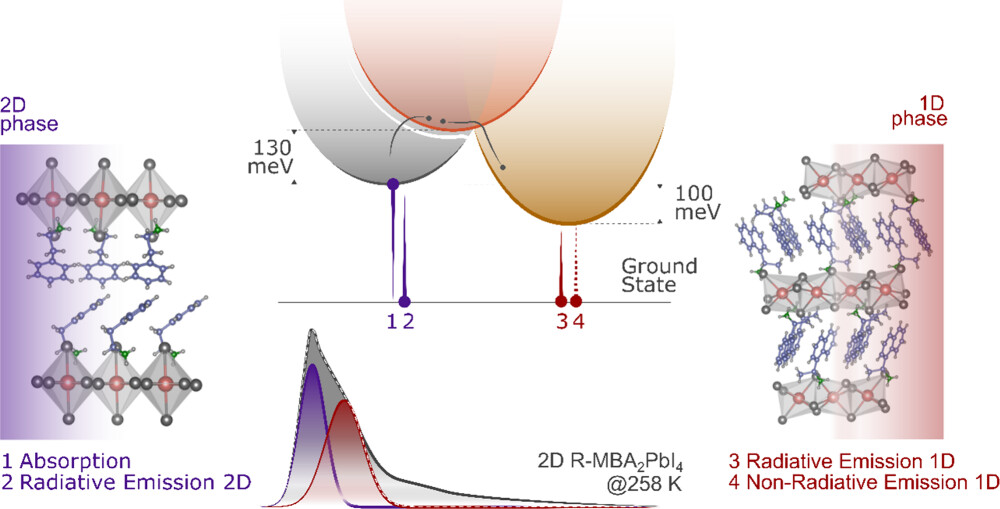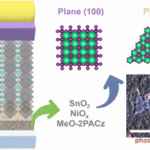Published Paper: Understanding and Controlling the Photoluminescence Line Shapes of 2D Perovskites with Chiral Methylbenzylammonium-Based Cations

- 7 de August de 2024
- LikeUnlikeLike
Chiral two-dimensional (2D) perovskites are emerging as a revolutionary material for the next generation of spintronic and chiroptical devices. A new study published in Chemistry of Materials by researchers of the LNES sheds light on how to control the photoluminescence (PL) properties of these materials, crucial for their application in advanced technologies.
What Are Chiral 2D Perovskites?
Chiral 2D perovskites are layered materials with unique optical and electronic properties, making them ideal for devices that manipulate light and electron spin. These materials incorporate chiral organic cations, which give them their distinctive properties.
The Challenge: Film Formation and Crystallization
A major challenge in using chiral 2D perovskites is understanding and controlling how they form films and crystallize. When chiral ammonium-based organic cations, such as methylbenzylammonium (MBA), are used, they can interact with the halide species in the perovskite network, causing steric hindrance. This often leads to the formation of one-dimensional (1D) phase impurities within the 2D matrix, which adversely affect the material’s optical properties.
Key Findings: Tackling the 1D Phase Impurities
- Manifestation in Photoluminescence: The study found that these 1D phase impurities manifest as an additional, weakly emissive, thermally activated state in the PL spectra of the 2D perovskite film. This state has a self-trapped excitonic character, resulting in an asymmetric PL response.
- Role of Molecular Design By strategically introducing a methoxy (OMe) group at the para position of the MBA cations, the researchers were able to mitigate the formation of the 1D phase impurities. This modification led to a narrower and more symmetric emission band, and significantly higher PL quantum yield at room temperature.
- Implications for Optical Properties: The findings highlight the importance of molecular design in controlling the phase purity and optical properties of chiral 2D perovskites. By fine-tuning the structure of the organic cations, it is possible to achieve the desired photoluminescence characteristics, making these materials more suitable for practical applications.
Impact on Future Technologies
This research provides a deeper understanding of the factors influencing the PL properties of chiral 2D perovskites. The ability to control these properties through molecular design opens up new possibilities for developing high-performance spintronic and chiroptical devices. The study demonstrates that careful molecular engineering can overcome challenges related to film formation and crystallization, paving the way for more efficient and stable perovskite-based technologies.
By elucidating the origins of asymmetry and broadband emission in MBA-based chiral 2D perovskites, this study marks a significant step forward in the field, underscoring the vital role of tailored organic cations in achieving optimal material performance.
Search
Recent Posts…
Prof. Ana Flávia Nogueira Featured Among Women Leaders in Clean Energy Research
11 de April de 2025Group’s Participation in the XXII B-MRS Meeting
28 de October de 2024



